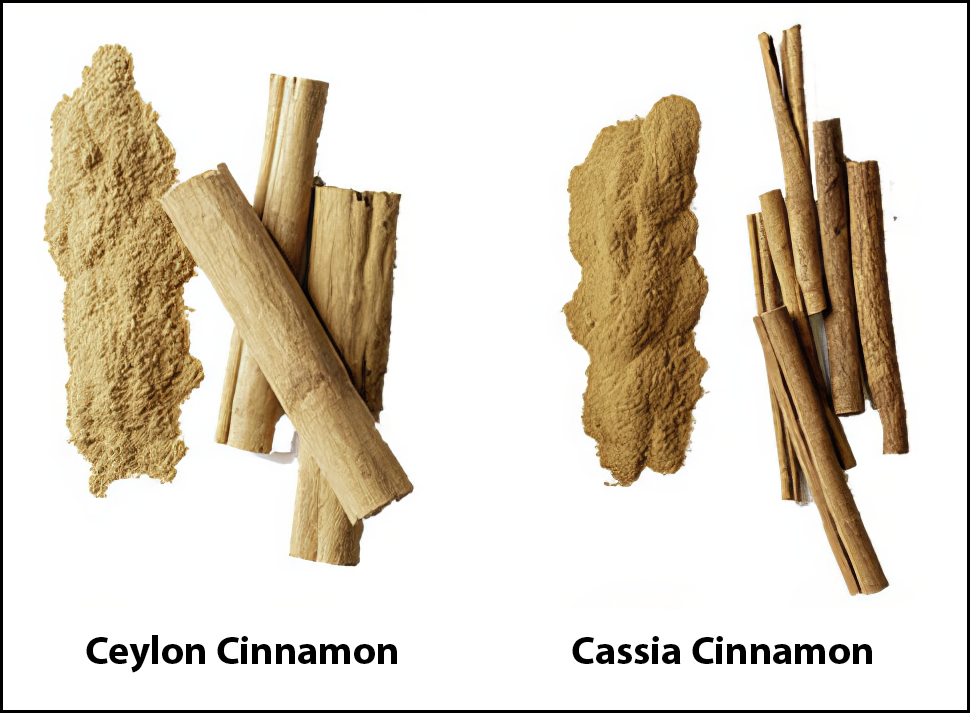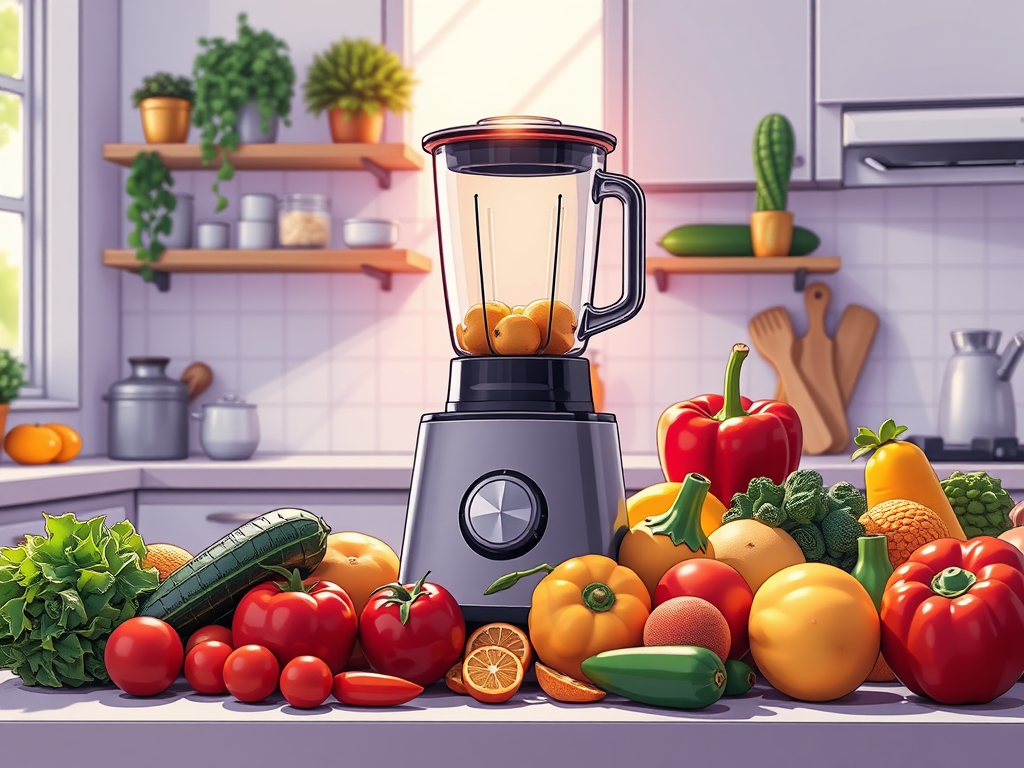When they are cooked, this may well be true. But when they are raw, which is preferred by true oyster aficionados, it is most definitely a kitchen myth! In fact the taste differences between different kinds of oysters are a matter for much enjoyment and discussion among oyster lovers. And to make things more complicated, oysters can differ in texture as well!
The main reason for taste differences between oysters is that there are different species, or strains, of oysters. Just like there are different species of salmon, different strains of tomato, and so on. No one is surprised that a beefsteak tomato tastes different from a German Johnson!
Another reason is location−where the oyster was grown or gathered. Slight differences in type of food available, water temperature and salinity, and other factors and affect the taste. The same species of oyster raised in two different bays may not taste exactly the same.
Some of the better known oyster species are as follows.
- Atlantic/east coast. Native to the east coast of North America. Briny, vegetal, and mineral notes with a crisp texture. Regional varieties such as Wellfleet and Blue
- Point offer subtle distinctions.
- Pacific. Native to the western Pacific they are now cultivated worldwide. Offer a mild sweetness with subtle melon and mineral notes. Creamy, buttery texture.
- European Flat (Bélon). Native to Europe and rarely seen elsewhere. The flavor is strongly metallic with notes of hazelnut and seaweed. The texture is firm, meaty, and chewy.
- Kumamoto. Native to Japan but now cultivated worldwide. Mildly briny with some sweetness and notes of melon. Delicate tender meat.
When ordering oysters, it is always wise to talk to your server because he/she knows what is freshest and how the different varieties on hand differ from each other.













